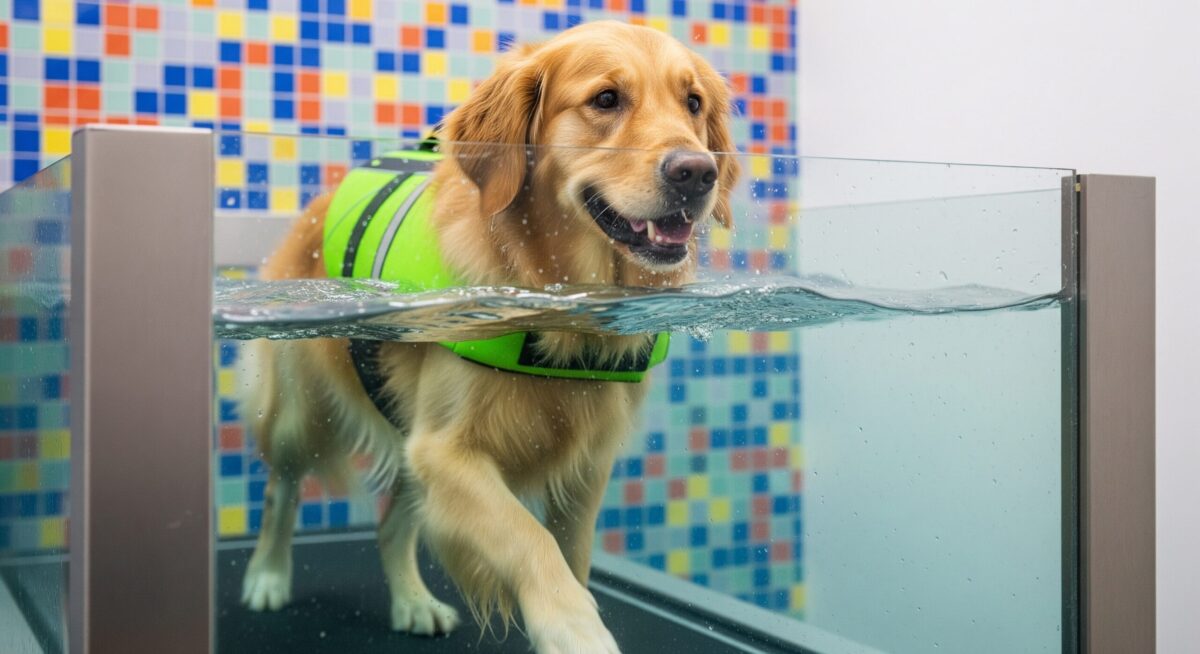The absence of blood banks for canine patients presents a significant challenge for veterinarians. The demand for effective transfusion therapy asks for innovative solutions. Recent developments in the synthesis of artificial blood components, particularly recombinant canine serum albumin (rCSA) and hemoglobin-albumin clusters, offer promising alternatives for veterinary practice.
Synthesis of Recombinant Canine Serum Albumin
Producing recombinant canine serum albumin represents a breakthrough in veterinary transfusion therapy. Utilizing genetic engineering techniques with Pichia yeast, rCSA was synthesized to mimic native canine serum albumin derived from plasma. The resulting proteins demonstrated identical structural characteristics and functionality to their natural counterparts. This achievement opens new avenues for clinical applications, enhancing the treatment options available to veterinarians.
Structural Insights and Applications of rCSA
The crystal structure of rCSA was determined at an impressive resolution of 3.2 Å, providing valuable insights into its molecular configuration. This detailed understanding of rCSA supports its widespread application in various clinical and pharmaceutical contexts. Consequently, with its ability to maintain essential physiological functions, rCSA may significantly improve treatment outcomes for dogs.
Development of the Hemoglobin-Albumin Cluster
An innovative approach involved wrapping hemoglobin covalently with rCSA, resulting in the formation of the hemoglobin-albumin cluster (Hb-rCSA3). This artificial oxygen carrier serves as a potential substitute for red blood cells in transfusion therapy. The Hb-rCSA3 cluster exhibits a negative surface net charge (pI = 4.7), which facilitates the enfolding of the hemoglobin core by rCSA shells, enhancing its stability and functionality.
Enhanced Oxygen-Binding Affinity
The Hb-rCSA3 cluster has demonstrated impressive oxygen-binding affinity with a P50 value of 9 Torr, outperforming native hemoglobin. This characteristic is crucial for effective oxygen delivery. It could greatly benefit dogs experiencing anemia or other conditions requiring oxygen supplementation. The enhanced oxygen-carrying capacity of this cluster makes it a viable alternative in various veterinary medical situations.
Future Implications for Veterinary Medicine
The introduction of artificial blood components like rCSA and Hb-rCSA3 represents a transformative advancement in veterinary medicine. Such innovations not only address the critical shortage of canine blood supplies but also provide veterinarians with novel tools for managing complex medical cases. As research continues, the potential applications of artificial blood components will likely expand.








